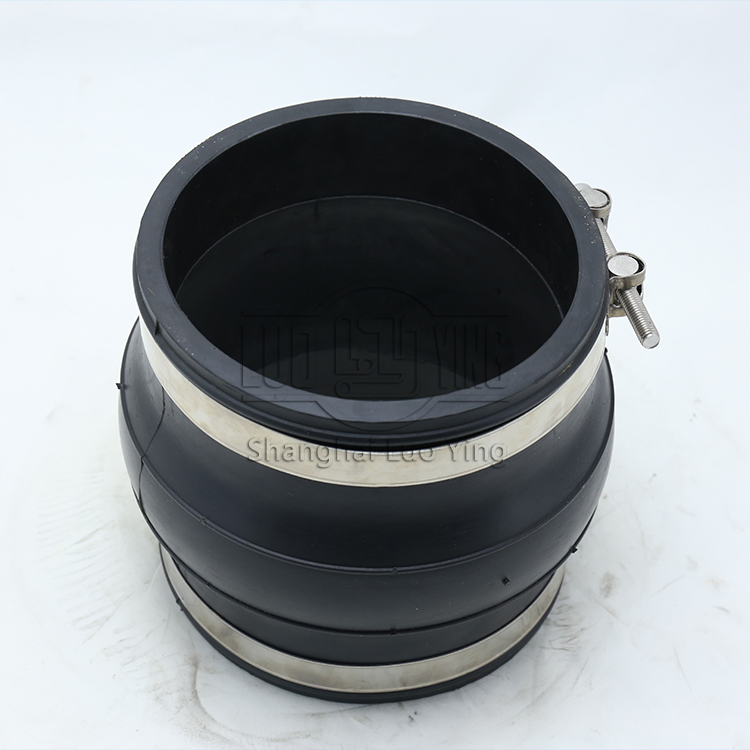Does the design of the rubber flexible connection require an inner rubber and what is the role of th
Feb-23-20
What is the role of the rubber flexible joint lined with a deflector tube? Rubber expansion joints are a very common piece of piping equipment. In order to make rubber expansion joints, ensure relatively long service life and pressure resistance, generally in the production and processing process to join the diversion method tube. In general, it not only has the role of chemical substances, but also has the role of preventing the ripples from being affected. The key role of the assembly guide tube is to maintain a balanced circulation of pipeline chemicals that cannot immediately damage or erode the corrugated hose. The rubber expansion joint assembly conduit is usually designed to maintain a balanced flow of pipeline chemicals.The overall dislodgement of the rubber expansion joint is important in the case of high water discharge of pipeline chemicals and high vibration. The welding of the fixed end of the conduit is significantly destructive due to the sudden decrease of the overflow hole and the increase of the chemical substance discharge. When the welding tensile strength is insufficient or ground stress exists, the welding is loosened and the deflector pipe blows out as a whole. In the rubber expansion joint of the pipeline with strong cleaning force, the guide tube has wear resistance, so that the metal bellows is not subject to chemical substance cleaning, prolonging the service life of the rubber expansion joint and playing the role of drainage in the rubber expansion joint.
In addition, the guiding role of the drainage pipe can prevent the rubber expansion joint from absorbing the disorder of the corrugated hose caused by the deformation of the digestive tube, thus ensuring the normal service life and function of the rubber expansion joint. The structure is suitable for corrosive substances, and part of the pressure-resistant ring is not easy to contact with chemical substances. When transporting, loading and unloading, and installing the rubber flexible joint, it is strictly forbidden to scratch the surface sealing surface with sharp instruments.

The vulcanization speed of rubber joints matches other components, i.e. close to outer rubber, but slower than cloth rubber. It is more suitable for the processing requirements of semi-finished products such as high hardness, small shrinkage, smooth extrusion and extension, and convenient molding. Natural rubber and SBR are selected, or natural rubber, SBR and rubber are combined together. Due to the presence of elastomer, the cohesive force cannot be eliminated when the soft rubber joint is formed.

